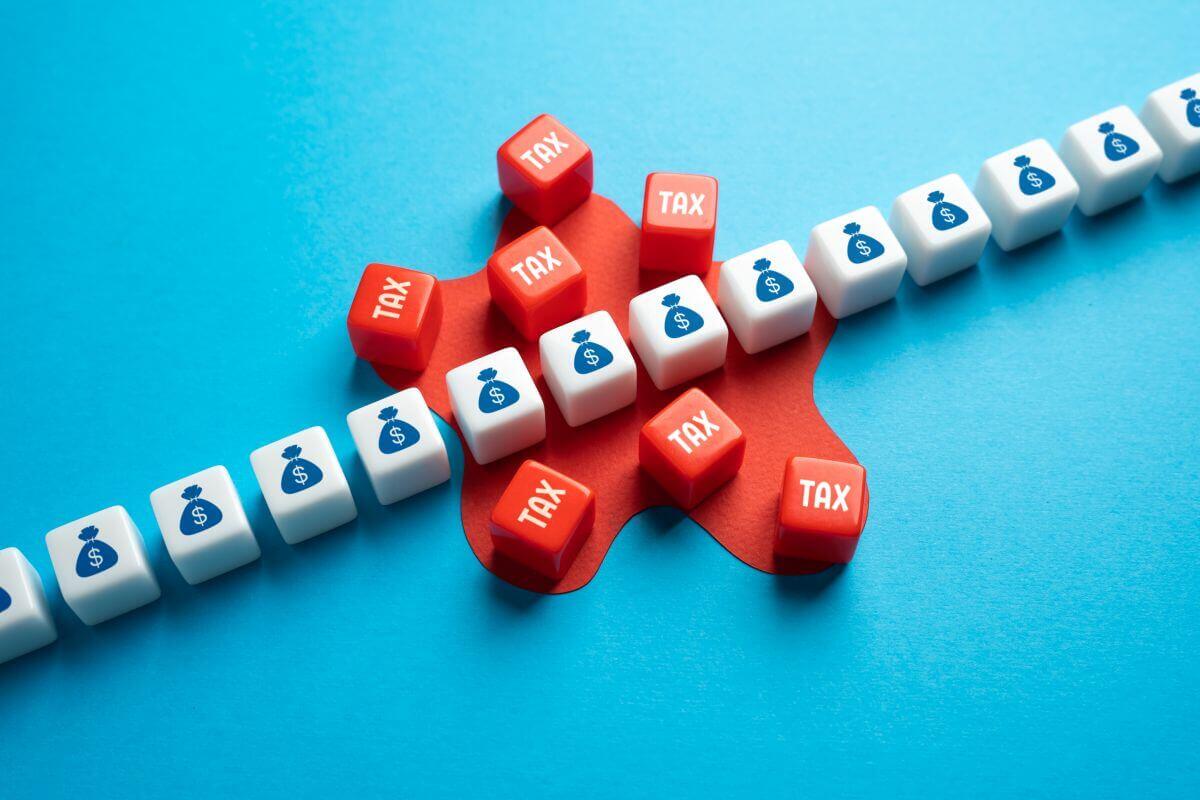"Can this offshore vendor be included in my R&D claim? We spent a lot of money with them.”
This is a question that we certainly aren't foreign to hearing from clients when preparing R&D applications! Whilst a simple question, it opens a whole can of worms. We answer this question with further sub-questions like:
- Why did you use an overseas vendor vs. an Australian one;
- How much did you spend overseas; and
- How much do you expect to spend overseas on future R&D efforts?
Depending on your response to these questions, it may make sense to prepare and apply for an Overseas Findings application to claim overseas R&D activities, and in some cases, the consequences of not obtaining an overseas finding can be extreme. 
What is an Overseas Finding?
Australian companies that incur R&D related costs offshore are potentially eligible to include these expenditures in their Research & Development Tax Incentive (R&D Tax Incentive).
An overseas finding application is an additional application lodged with AusIndustry before the end of the financial year. If approved, the overseas activities are incorporated into the standard R&D application and companies can claim eligible overseas expenditures in their R&D Tax Incentives.
Overseas findings have a higher threshold than the standard R&D application. Applicants are required to prove that they meet all the requirements of the regular R&D Tax Incentive, including:
- Generating new knowledge
- Resolving a technical uncertainty through an iterative process of experimentation; and
- Meeting the competent professional test.
Overseas finding applicants must also prove that:
- There is a direct link between an eligible Australian-based core R&D activity and overseas R&D activities
- The overseas activities cannot be conducted within Australia because the activity:
- Requires facilities, expertise, or equipment that are not available in Australia
- Would violate an Australian law
- Requires a population of living things which are not available in Australia
- Requires access to geographical or geological features that are not available in Australia
- Over the life of the R&D activities, more R&D expenditures will be incurred in Australia than overseas.
Once submitted, an overseas finding application is assigned a case agent who performs a detailed review of the application and formally requests additional information to address any potential concerns or gaps in the application. The approval process can take months. Using an external expert to prepare the application and handle the review process allows the applicant to continue focusing on their R&D efforts, and not administrative burdens.
Who should apply for an Overseas Finding?
Not all entities that conduct eligible overseas activities should apply for an overseas finding. Given the extensive amount of time and effort required to successfully obtain an overseas finding, entities should perform a cost-benefit analysis to ensure that the benefit generated from an overseas finding outweighs the cost. An overseas finding does span the life of an approved activity, so the time and effort invested into the application is a one-time cost.
Entities with an annual turnover of under $20 million will be able to claim 43.5% of eligible overseas expenditures under the R&D Tax Incentive. When evaluating if an overseas finding is worthwhile, companies should consider the expected R&D costs over the life of an activity both in Australia and overseas to ensure that they make an informed decision.
Case Study: Consequences of Neglecting to Apply for an Overseas Finding
Overview
Claiming overseas expenditures without an approved overseas finding can become a very expensive consequence down the road. This case study examining a recent ruling handed down by the tribunal in the matter of TDS Biz Pty Ltd v FC of T [2022] AATA 3543 reflects the consequences of claiming overseas expenditures without an approved overseas finding.
R&D expenditure claimed by the applicant
The applicant lodged an R&D application for FY18 for the development of an electronic tricycle. The applicant's FY18 tax lodgment identified $1,720,635 in eligible R&D expenditures, resulting in a refund of $748,476.23. Of the identified R&D expenditures, $1,613,462 were related to an offshore vendor.
The problem
After a formal review, the applicant received a Notice of Assessment (NOAA) in July 2019. The NOAA stated that as it did not have an overseas finding, the expenditures related to the offshore vendor were not eligible and as such, the applicant’s R&D refund was reduced to $46,620.28 and the applicant was also facing an administrative penalty of $350,927.95.
In response, the applicant prepared and submitted a variation request to AusIndustry and amended its application to reclassify its construction and prototype costs from a core R&D activity to a supporting R&D activity. The variation request made no mention of the supporting activities being conducted overseas.
The applicant's position is that the overseas expenditures were simply related to the supply of parts and components from overseas for the dominant purpose of supporting core Australian R&D activities and as such an overseas finding was not required. As a result, the applicant objected to the NOAA and sought a Tribunal review.
Tribunal decision and consequences
The amended supporting R&D activities are described by the claimant as “design, development and fabrication and/or supply of components for the assembly of the project’s prototypes.” The tribunal concluded that the supporting activities went above and beyond the supply of components. This meant that an overseas finding is required to claim the overseas expenditures as eligible R&D expenditures.
Given the significant expenditure level, a reasonable person in the circumstances would have taken the steps to ensure they were entitled to claim the tax offset. Consequently, the original decision was affirmed, meaning the claimant's refund was reduced to $46,630.28 and the $350,927.95 administrative penalty was not waived.
Why it's important to understand R&D Tax Incentive obligations
This case study substantiates the complexities regarding R&D Tax Incentives, and the need to thoroughly understand your position and obligations to avoid significant consequences.
How Azure Group can help with your R&D needs
Claiming overseas expenditures without an approved overseas finding can quickly become costly. When in doubt, it is always better to seriously evaluate with an expert whether your activities require an overseas finding. A little bit of time and money invested now can avoid serious complications in the future.
Azure Group has extensive experience in obtaining successful overseas findings for its clients. Our tried and tested workflow is designed to minimise business interruptions while maximising the benefits our clients are entitled to claim.
If you want to evaluate whether an overseas finding is appropriate for you, reach out to Azure Group’s R&D team of experts for a complimentary evaluation. Just remember, the deadline for applying for an overseas finding is 30 June!
Related: Industry 4.0 | Why it matters & How you apply R&D
Have you noticed our #FridayExpertTips... here's one that relates to #R&D
"The costs of innovation can be offset by the R&D Tax Incentive. It doesn’t matter if you’re in a lab, on a factory floor, or behind a computer – innovation is innovation! Talk to our team!"
This article is intended to provide general information only, and is not to be regarded as legal or financial advice. The content is based on current facts, circumstances, and assumptions, and its accuracy may be affected by changes in laws, regulations, or market conditions. Accordingly, neither Azure Group Pty Ltd nor any member or employee of Azure Group or associated entities, undertakes responsibility arising in any way whatsoever to any persons in respect of this alert or any error or omissions herein, arising through negligence or otherwise howsoever caused. Readers are advised to consult with qualified professionals for advice specific to their situation before taking any action.







Comment